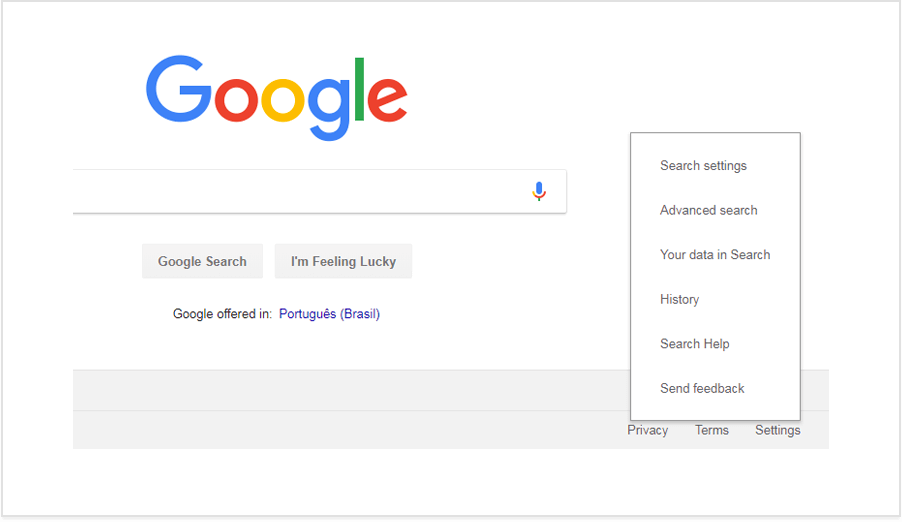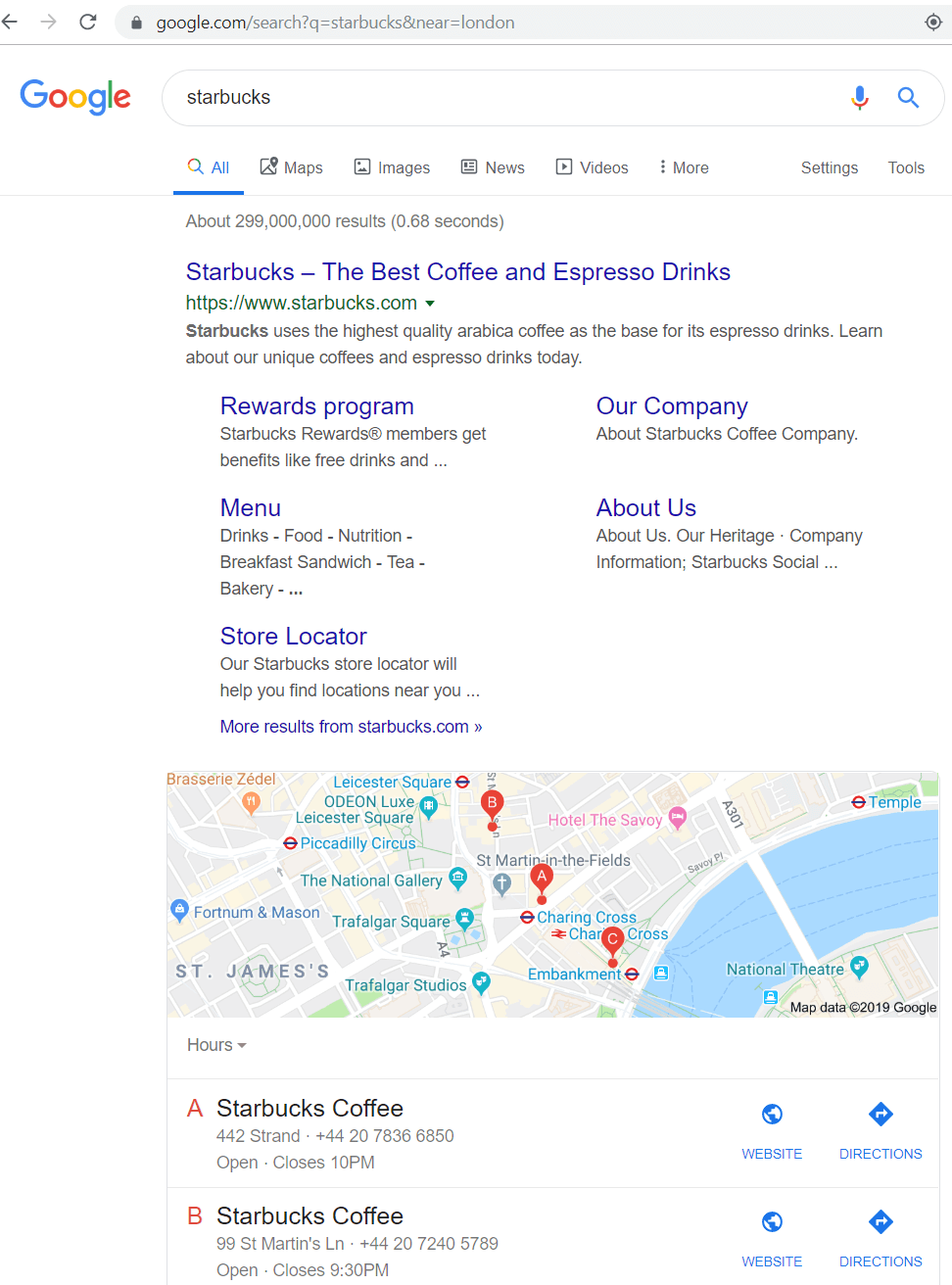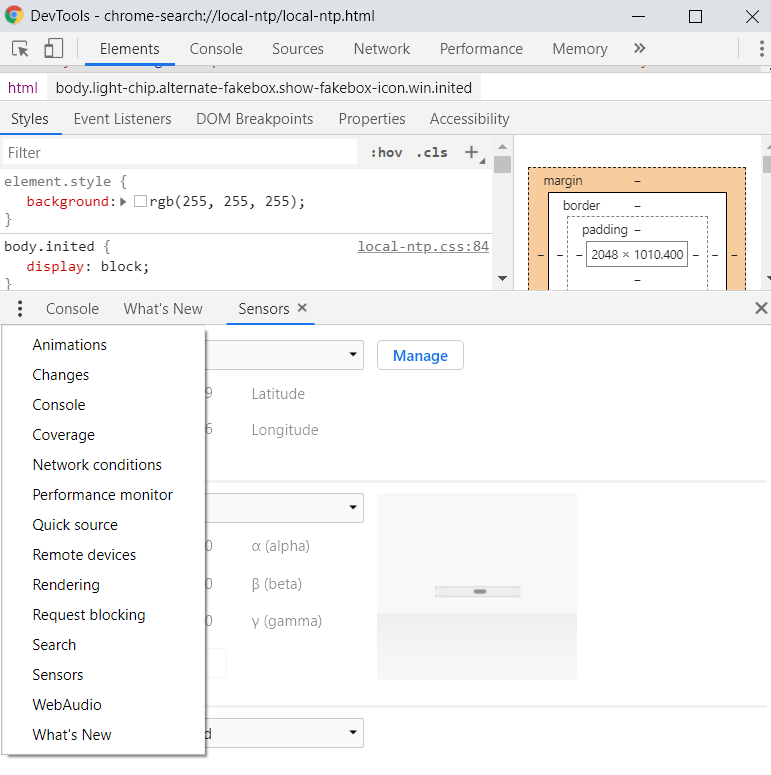One of the fundamental truths well-nigh SEO is that no two Google searches are the same.
The logic overdue it is simple, things you’ve Googled, read and watched are stored for at least three months before your Web & App Activity is deleted, if at all.
This, together with data on devices you use as well as places you go – both in terms of location history and the current IP – lets Google deliver personalized results. While this is convenient, you end up in the infamous “filter bubble”.
In a world of highly customized SERPs on the one hand, and a host of ranking signals for local search Google uses in its algorithms on the other, pulling relevant ranking data is as challenging as it gets.
Luckily, there are a tuft of ways to pop the filter bubble, targeting the one thing that seems to be dominating personalized search – location.
Not only does it determine what users see in search results, but it moreover helps merchantry owners write the issue of inconsistent SERP performance wideness their service areas.
The thing is, doing your local SEO homework doesn’t stop at continuous content resurgence and link building, targeted specifically for local search. Poor performance can still be an issue – one that is oftentimes attributed to not having unbearable of a consumer wiring in a unrepealable location. Therefore, the problem can only be diagnosed by checking SERPs for the entirety of the geographical zone covered.
Without remoter ado, let’s squint at how you can fetch rankings for variegated locations manually and using designated tools – all from the repletion of your home.
Country-level search
First off, decide on the level of localization.
For brands working in multiple countries, pulling nationwide results is increasingly than enough. For local businesses operating within a city, ranking data will differ district by district and street by street.
Check manually
So, say you want to see how well a website performs in country-level search. For that, you’ll need to retread Google search settings and then specify the region you’d like to run a search for. And yes, you heard it right: simply checking that you have the correct TLD extension is no longer unbearable since Google stopped serving results on separate country domains a while back.
Now, in order to run a country-specific search manually, locate Search settings in your browser and pick a region from the list misogynist under Region Settings.

Alternatively, use a proxy or VPN service – both work for doing a country-wide search.
Use rank tracking software
To automate the job, turn to the rank tracking software of choice, for example, Rank Tracker. The results will pretty much reflect the SERPs you fetched having manually adjusted search settings in the browser.
There you have it – non-geo-sensitive queries and multilingual websites performance tracking are all taken superintendency of.
City-level search
Doing SEO for small or medium-sized business comes with many challenges, not the least of which is making sure your website shows up in local search.
Whether you have a physical store or simply provide services within a explicit area, tracking ranking coverage on the municipality level will ultimately modernize findability, and momentum leads and customers.
Check manually
To manually run a search limited to a explicit city, use the ‘&near=cityname’ search parameter in your Google URL:
As the name suggests, “&near=cityname” lets you pull SERPs near a unrepealable location. While this method is easy to master, many requirement that it’s unreliable, with results often delivered for a larger municipality nearby.

Still, the trick is nice to have up your sleeve as a quick and sound way of checking city-specific rankings manually.
Another silver bullet of local search that is sure to hit the municipality target is Google Ads’ Preview and Diagnosis Tool.
The Ad Preview and Diagnosis tool lets you pick a location, specify a language as well as user device – and fetch local SERPs regardless of your current whereabouts.
Use rank tracking software
Pretty much every rank tracking tool out there is worldly-wise to run a city-specific ranking check.
Rank Tracker, Ahrefs, SEMrush, Whitespark, AccuRanker, BrightLocal – you name it – all boast the functionality and unhook local search results. That said, picking the right software for you and your merchantry is a two-fold process.
First, take the time to squint into the supported locations for search, since some of the tools, like Whitespark or SEMrush, have a somewhat limited location catalog. Second, you need to double-check that the software you’re most interested in is using their own database, with results relying on a well-designed and trusted crawler.
Doing this type of research helps you safeguard that you are worldly-wise to hands see well-judged SERPs for the location of your choosing.
In specimen you’re new to city-level ranking checks and/or worsted by the variety of options on the market, go for a single-dashboard tool: BrightLocal would be a perfect example of wipe diamond and intuitive navigation.
Better yet, all data lives on BrightLocal’s website, which adds to the overall user-friendliness and lets you hands automate the monitoring of top search engines for multiple locations.
Street-level search
Google’s Local Pack is the place to be when running any kind of business. With over half of searches run from mobile devices, a each Local Pack may take up as much as an unshortened results page on a smartphone.
Both Maps and Local Pack results are extremely location-sensitive. Always alimony that in mind while you’re doing your research. In order to verify that your merchantry shows up for the right locations within a city, the search is to be narrowed lanugo to a explicit street address.
Check manually
Not to say that you cannot configure an address-specific search by yourself. Plane manually, this is still perfectly doable.
However, unlike relying on a toolkit that would basically do the whole process for you, setting up a highly localized search in a browser involves multiple steps and moreover requires some groundwork.
- To start off, you need to get the word-for-word geo-coordinates of the location you’d like to run the search from. When in doubt, use a designated tool.
- In your Google Chrome browser, unshut DevTools: navigate to the top right corner of your browser window and click on Tools > Developer Tools. You can moreover press Control Shift C (on Windows) or Command Option C(on Mac).

3. Navigate to the three-dot menu icon in the top right corner: from there, click More Tools > Sensors. This step is moreover the towardly time to requite yourself some credit for getting that far in Google search configuration.
4. In the Geolocation dropdown, select “Other” and paste your target longitude and latitude coordinates.
5. Run a search and retrieve the SERPs for the word-for-word location you specified.

In specimen you aren’t particularly excited well-nigh a multistep search setup, try the Valentin app, it lets you trammels search results for any location with no DevTools involved.
Use rank tracking software
If anything, rank tracking for multiple precise locations is the one job you want streamlined and washed-up for you by a tool that was specifically ripened for local search.
There you have the idea overdue SEO PowerSuite’s Rank Tracker designed to, among other things, pull hyper-localized SERPs for unlimited locations. Configure as many custom search engines as you wish. On top of that, set up scheduled tasks and have local search results checked autonomously.
Not only do I rely on Rank Tracker considering it has been built by my team but moreover considering it’s the only toolkit out there that automates what both Chrome and Valentin app help you configure manually. And of course, ranking data retrieved by the software is precise and hands exportable.
Another tool that lets you visualize – quite literally – any business’ search performance wideness a service zone is Local Falcon. Created for Google Maps, the platform runs a search for up to 225 locations within any zone specified.
With an overview of your search performance at hand, you can make largest targeting choices while expanding outreach and winning new customers.
Final thoughts
Given that there are as many SERP variations as there are searches, rank tracking may finger utterly discouraging: if no two users get to see quite the word-for-word same results, why bother? Well, the sentiment is totally understandable.
But in fact, it all boils lanugo to understanding the reasons overdue tracking rankings in the first place.
Is it to see how quickly your SEO efforts transform into higher positions in SERPs? That’d be one. Is it to make sense of the changes in traffic and sales at every point and in every location? Sure.
Big and small, businesses today simply have to alimony tabs on their rankings not just country-wide but plane on a street-by-street basis. There is whimsically any excuse to ignore a each metric here.
Not just that, in merchantry as well as SEO there is no such thing as an unexplainable dynamic. And increasingly often than not, you have to take a closer squint to see the root of any problem.
We all understand that rankings in themselves aren’t the only metric of success. It’s not as straightforward as having increasingly traffic, getting increasingly merchantry is the main goal.
But it shouldn’t in any way undermine the overall importance of tracking rankings as a tried and tested way of checking that your website is served among relevant search results.
Local search is all well-nigh making sure your customers see you and get to you. So use it to your weightier wholesomeness – whether you go for checking manually or using rank tracking software.
Aleh is the Founder and CMO at SEO PowerSuite and Awario. He can be found on Twitter at .










